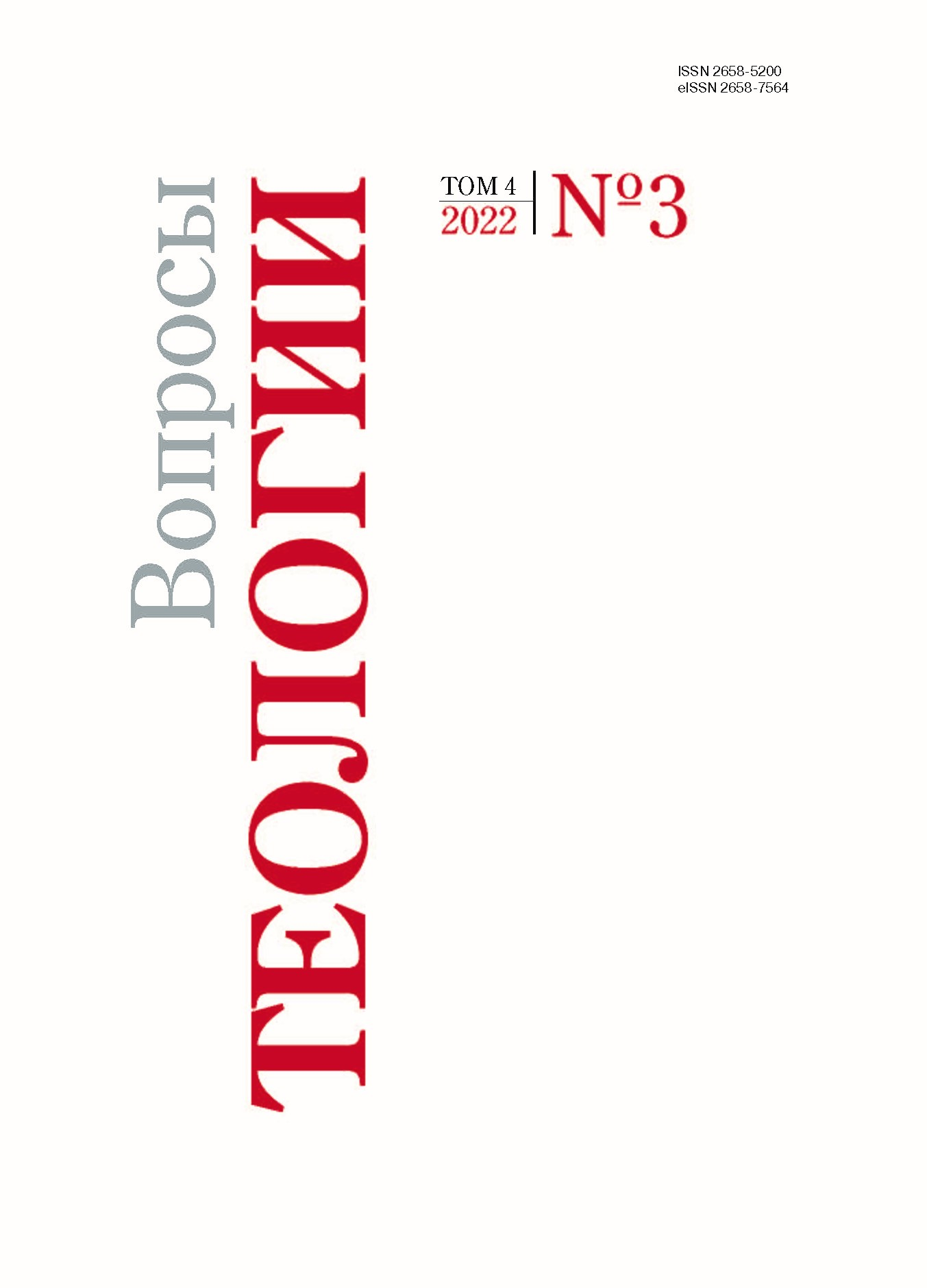“The creature was made subject to vanity not willingly”: The controversy over the influence of the Fall on living nature and the rise of paleontology
DOI:
https://doi.org/10.21638/spbu28.2022.303Abstract
This paper deals with discussions sparked by the scientific advances of paleontology in the first half of the 19th century on whether predation and animal death should be linked to the Fall of man. The history of the belief in paradisiacal vegetarianism and animal peace, which could be traced back to the writings of Early Church fathers, is briefly discussed. The paper discusses the argumentation of W. Buckland, E. Hitchcock, H. Miller, and other men of science and theologians, who accepted the fact, which became evident from the fossil record, that death and predation prevailed in the living nature from the beginning, and struggled to conceive it in the Christian terms. Light is shed on the early pictorial representations of prehistoric life, which accentuated ferocity of the primeval world in stark contrast to the traditional view on the prelapsarian harmony between animals. The attitudes of those who persisted in defending the belief in peaceful animal relationships in paradise despite of findings of paleontology are explored. The main exponents of the latter view could be found among the “scriptural geologists”, the early predecessors of presentday Young Earth creationists. The attempt by the Scottish theologian W. Gillespie to explain the existence of predation in prehistoric animals by the Fall of Satan is reviewed. It can be concluded that the revision of Christian doctrine of the earthly paradise had been well underway in the pre-Darwinian age and was accomplished with the triumph of evolutionism.
Keywords:
the Fall, evolution, paradise, six days of creation, Genesis, science and religion
Downloads
References
References
Downloads
Published
Issue
Section
License
Articles of "Issues of Theology" are open access distributed under the terms of the License Agreement with Saint Petersburg State University, which permits to the authors unrestricted distribution and self-archiving free of charge.




